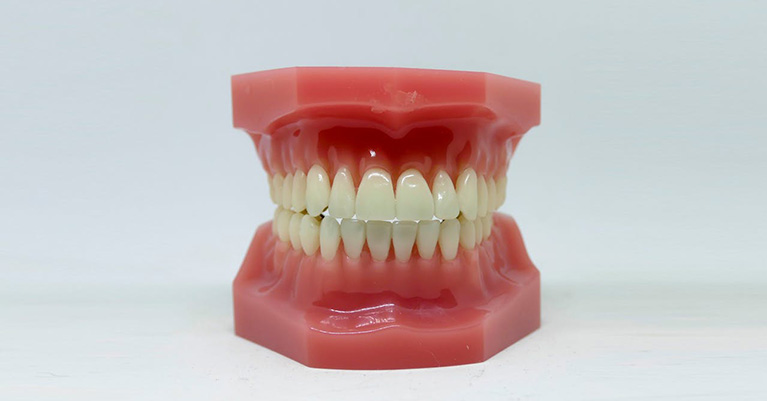Composite Bonding v Porcelain Veneers
7 September 2021
5 min read
Working out your options for dental treatment can be confusing.
Our patients often ask us about the differences between composite bonding and porcelain veneers.
As is often the case, trying to work out your options for treatment on your own can be difficult.
For example, bonding and veneers are potentially both suitable for the following:
- Changing the size of your teeth
- Restoring cracked or chipped teeth
- Closing gaps
We have created this guide to help you to start to learn about some of the differences so you can move towards making the right decision for you.
The best way to find out more is to come and see an expert dentist who can take a good look at your smile and let you know what is possible.
WHAT IS COMPOSITE BONDING?
Bonding uses composite resin material - the same substance used in white fillings - to reshape and resize the tooth.
The dentist selects material that exactly matches the colour of your teeth.
When the treatment is performed by an experienced, exceptional dentist, beautiful results can be achieved in one visit.
WHAT ARE PORCELAIN VENEERS?
Porcelain veneers, meanwhile, are extremely thin porcelain surfaces, which fit over the front of the teeth.
They are custom made for one tooth or a number of teeth and treatment can be finished within weeks.
COMPOSITE BONDING vs VENEERS
Composite bonding durability
While bonding is a fantastic tool to achieve beautiful cosmetic results, it can be limited in some areas.
When compared with the porcelain veneers, the composite resin is not as durable.
Porcelain veneers are sturdier and stronger and are likely to last longer.
Does composite bonding stain?
Similarly, composite resin is porous and, over a period of years, can become discoloured more easily than porcelain.
Composite resin is also more likely to collect plaque than veneers, which can lead to inflammation of the gums.
Porcelain veneers tooth structure
In some cases, minimal amounts of existing tooth structure need to be removed before veneers are placed.
This is unnecessary with composite bonding.
COMPOSITE BONDING V PORCELAIN VENEERS PRICES
Composite bonding is a more cost-effective option than porcelain veneers.
Composite bonding prices
At the time of writing, composite bonding at White & Co. costs £180-£375.
Porcelain veneers prices
And, at the time of writing, porcelain veneers treatment at White & Co. starts at £750.
For more information visit our composite bonding and porcelain veneers pages.



